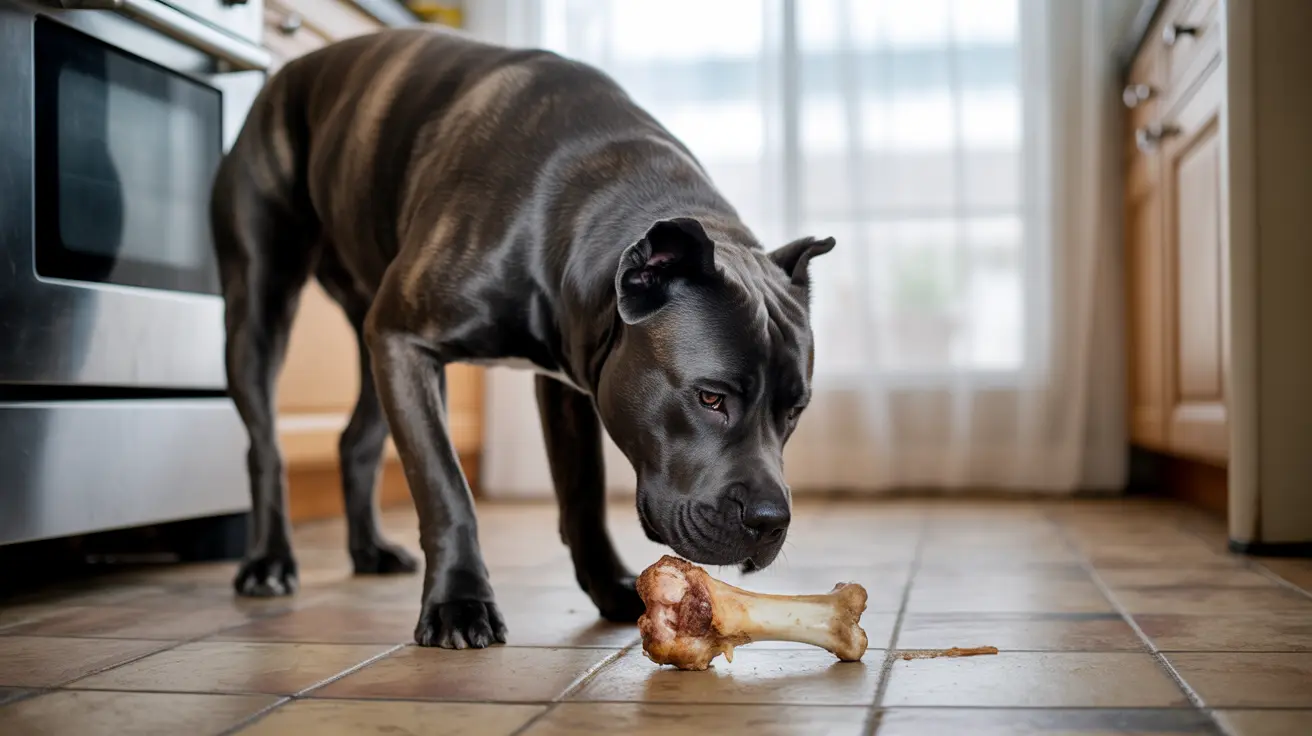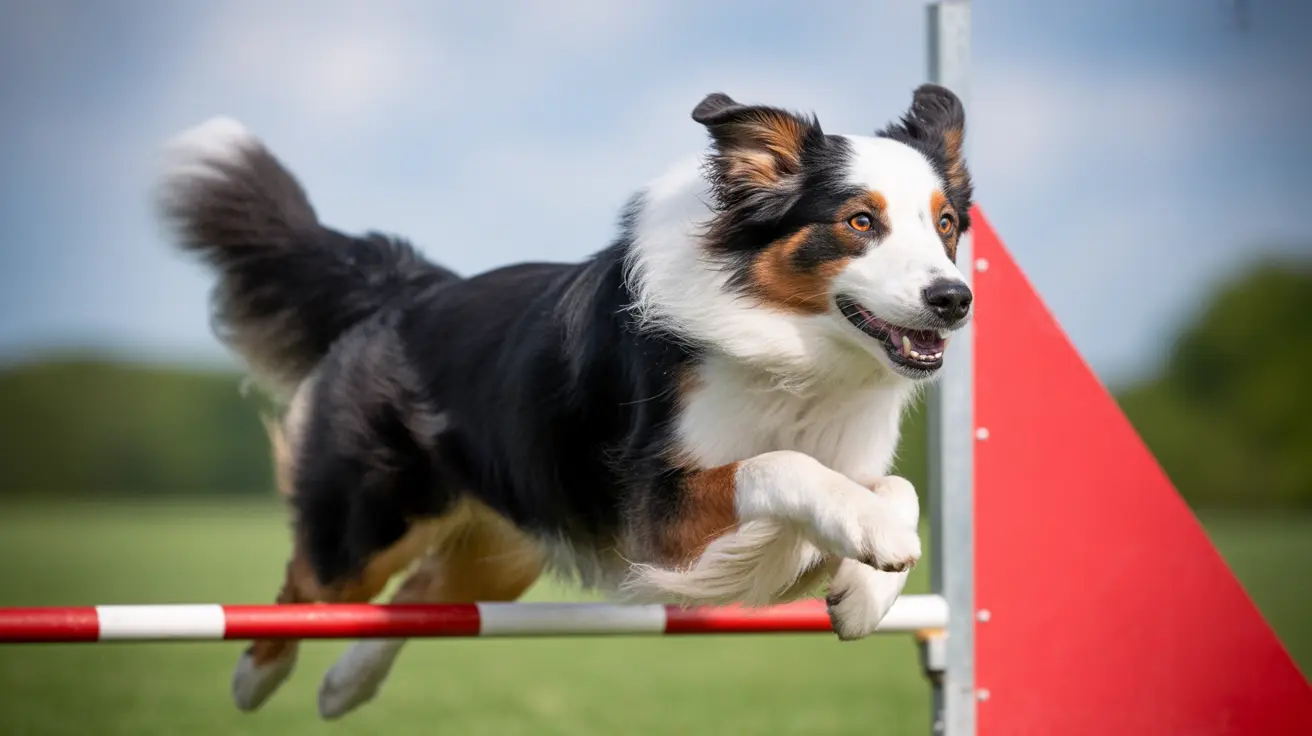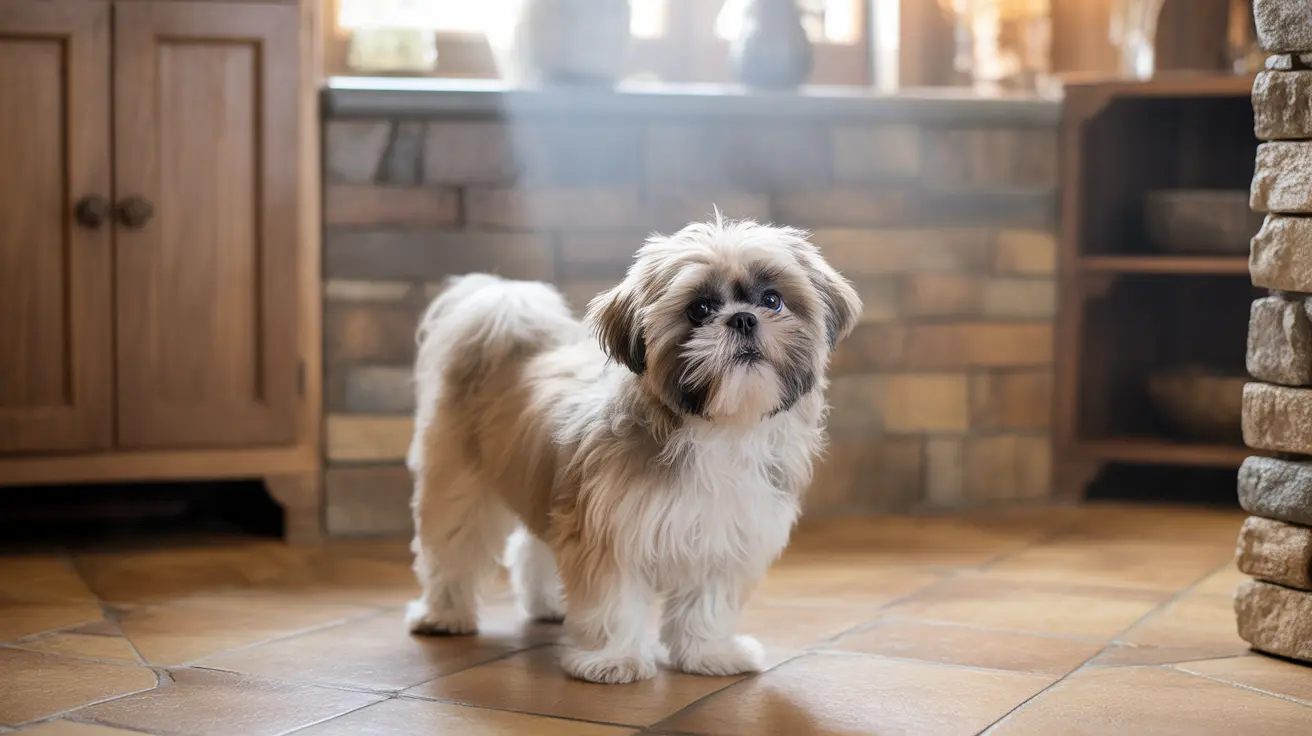When your dog manages to get hold of a chicken bone, it can quickly escalate from a manageable mishap to a severe emergency. Understanding the risks involved and knowing how to react promptly can make a significant difference in your pet's well-being. This comprehensive guide explores the dangers of chicken bone ingestion, how to spot warning signs, and the effective steps you should take if your dog eats these hazardous items.
As a responsible pet owner, recognizing the specific dangers posed by chicken bones is crucial. Unlike larger and sturdier bones, chicken bones are brittle and prone to splintering, especially when cooked. These sharp fragments can cause considerable internal harm, from choking and blockages to severe injury. The guidance below will help you navigate this stressful situation with confidence and protect your furry companion.
Understanding the Dangers of Chicken Bones
Chicken bones are particularly risky for dogs due to their tendency to splinter easily once chewed. The sharp edges produced can cause a range of complications within your dog's body, from oral injuries to life-threatening internal issues.
Primary Risks of Bone Ingestion
- Splintering and Sharp Edges: Cooked chicken bones are especially fragile, and their splinters can pierce the mouth, throat, or digestive tract, leading to painful injuries and possible infections.
- Choking Hazards: Larger bone pieces or clusters of fragments can become lodged in your dog's airway, causing immediate breathing difficulties that may be fatal without rapid intervention.
- Intestinal Obstruction: If a bone piece is too large to pass naturally, it can block your dog's digestive system and necessitate emergency surgery to prevent permanent harm.
- Internal Injuries: Sharp bone shards have the potential to puncture or tear the stomach or intestines, resulting in internal bleeding, peritonitis, and severe pain.
- Severe Digestive Issues: Ingestion may lead to vomiting, diarrhea, or overall gastrointestinal distress, sometimes progressing to dangerous complications if not managed promptly.
Recognizing Emergency Signs
Quick identification of distress symptoms is essential after your dog eats a chicken bone. Early intervention can dramatically improve outcomes, so be vigilant for any signs that your dog is in trouble.
Immediate Warning Signals
Watch your pet closely for the following symptoms, which may indicate internal injury or obstruction:
- Excessive drooling or gagging, which can signal irritation or obstruction in the throat.
- Difficulty breathing, a serious sign that the airway could be partially or completely blocked.
- Repeated vomiting attempts, with or without bringing up food, may indicate a lodged bone or internal injury.
- Lethargy or depression, as dogs in pain or distress may seem withdrawn or less responsive.
- Abdominal pain or tenderness, often seen when you touch your dog's belly and they react with discomfort.
- Blood in stool, which can occur if bone fragments cause injury to the digestive tract.
- Refusing to eat or drink, a common sign that something is wrong internally.
Emergency Response Protocol
If you catch your dog in the act or suspect they have ingested a chicken bone, acting quickly and following the right steps improves the chance of a safe resolution.
- Remain calm and assess your dog's immediate condition: Panicking can make the situation worse for both you and your dog. Take a deep breath, restrain your pet if needed, and observe for any emergency symptoms listed above.
- Do not attempt to induce vomiting: Forcing your dog to vomit may cause sharp bone fragments to inflict further harm on the way up. Leave this decision to a veterinary professional.
- Contact your veterinarian immediately: Describe what happened, estimate how much of the bone your dog consumed, and relay any observed symptoms. Follow their advice precisely.
- Monitor your pet closely for signs of distress: If symptoms develop rapidly, prepare to transport your dog to the vet or emergency clinic right away.
- Follow professional medical advice: Your vet may suggest at-home monitoring, visiting a clinic for an exam, or immediate emergency intervention depending on your dog's risk factors and symptoms.
Temporary Home Care Measures
While waiting for further veterinary guidance, you can take supportive steps to help your dog stay comfortable and potentially minimize risks:
- Offer small amounts of soft white bread; this may help cushion bone fragments as they move through the digestive system, reducing the risk of perforation or internal lacerations.
- Ensure your dog has constant access to fresh water, as hydration supports healthy digestion and may help the fragments pass more easily.
- Monitor your dog's bowel movements closely—look for normal stool, the presence of blood, or evidence that bone fragments are passing.
- Keep your dog calm and comfortable, limiting physical activity to prevent aggravating any potential internal injuries.
Professional Veterinary Treatment
Your veterinarian will determine the best medical course of action based on your dog’s size, the quantity and type of bone ingested, and any developing symptoms. Prompt veterinary support is key in more severe cases.
Medical Intervention Options
- Diagnostic imaging: X-rays or ultrasound scans may be used to pinpoint the location and size of bone fragments within the digestive tract.
- Professional monitoring and observation: For minor ingestions without symptoms, vets may recommend close observation for 24–48 hours, tracking changes in behavior or bowel movements.
- Endoscopic removal: If a bone is visible in the esophagus or stomach, a vet may attempt to retrieve it using a scope and specialized tools, avoiding surgery when possible.
- Surgical intervention: In severe cases with obstructions or perforations, surgical removal may be necessary to save your dog's life.
- Supportive care and medication: Pain relievers, anti-nausea medication, antibiotics, or IV fluids may be provided to support your dog's recovery.
Prevention Strategies
Preventing your dog from accessing chicken bones is the best way to keep them safe. Proactive measures at home and during meals can eliminate the risk before it occurs.
- Secure all trash containers: Invest in trash bins with sturdy, locking lids, and keep bins out of your dog's reach to prevent scavenging.
- Never leave food unattended: Keep plates, leftovers, and scraps away from counter edges or tables where curious pets might help themselves.
- Teach and reinforce the "leave it" command: Training your dog to ignore dropped or forbidden food can be a lifesaver during mealtime or walks.
- Provide appropriate chew toys: Satisfy your dog's natural chewing urges with safe, vet-approved toys instead of bones or food scraps.
- Properly dispose of bones and food waste: Wrap bones securely and take them to outside bins quickly so your dog isn’t tempted indoors.
Frequently Asked Questions
- What should I do if my dog eats a chicken bone? Remain calm, observe your pet for distress, and consult your veterinarian for tailored advice immediately. Acting promptly can prevent complications.
- What symptoms suggest a dog is in distress after eating a bone? Key signs include persistent choking, vomiting, excessive drooling, abdominal pain, lethargy, bloody stool, and unusual behavior.
- Are chicken bones dangerous for dogs? Yes, cooked chicken bones can easily splinter and create risks of choking, gastrointestinal obstruction, or internal puncture wounds.
- Should I make my dog vomit after eating a bone? No, inducing vomiting can increase the danger of bone fragments causing further harm. Always seek your vet's approval before taking action.
- How long do bone ingestion symptoms appear in dogs? Symptoms may begin within a few hours of ingestion but can sometimes take up to two days to manifest, depending on injury and obstruction severity.
- Can all dogs safely eat bones? No. While some uncooked bones can be offered safely, cooked bones—especially chicken—are not safe for any dog, regardless of breed or size.
- What should I feed my dog after it eats a bone? You may offer small pieces of plain white bread, but always check with your veterinarian for personal dietary recommendations based on your dog's needs and risks.
- When should I take my dog to the vet after bone ingestion? If your dog displays signs of distress, pain, vomiting, excessive drooling, or abnormal behavior, seek veterinary care without delay.
- How do vets treat bone ingestion in dogs? Treatment varies with each case and may include diagnostic imaging, observation, non-invasive extraction, or emergency surgery if obstructions or internal injuries are detected.
- How to prevent dogs from eating bones in the future? Remain vigilant, dispose of bones securely, teach obedience commands, and keep tempting foods out of reach to minimize risk.
While incidents involving chicken bones can be alarming, understanding both the immediate response steps and long-term prevention strategies can help safeguard your dog’s health. Preparedness—including keeping your vet’s contact information on hand and acting promptly—will give your pet the best possible outcome in any emergency. Prevention remains the best medicine, but being ready for accidents is an essential part of responsible pet ownership.






